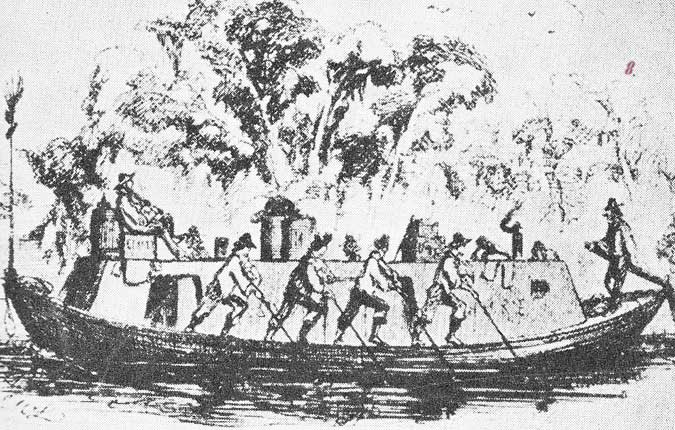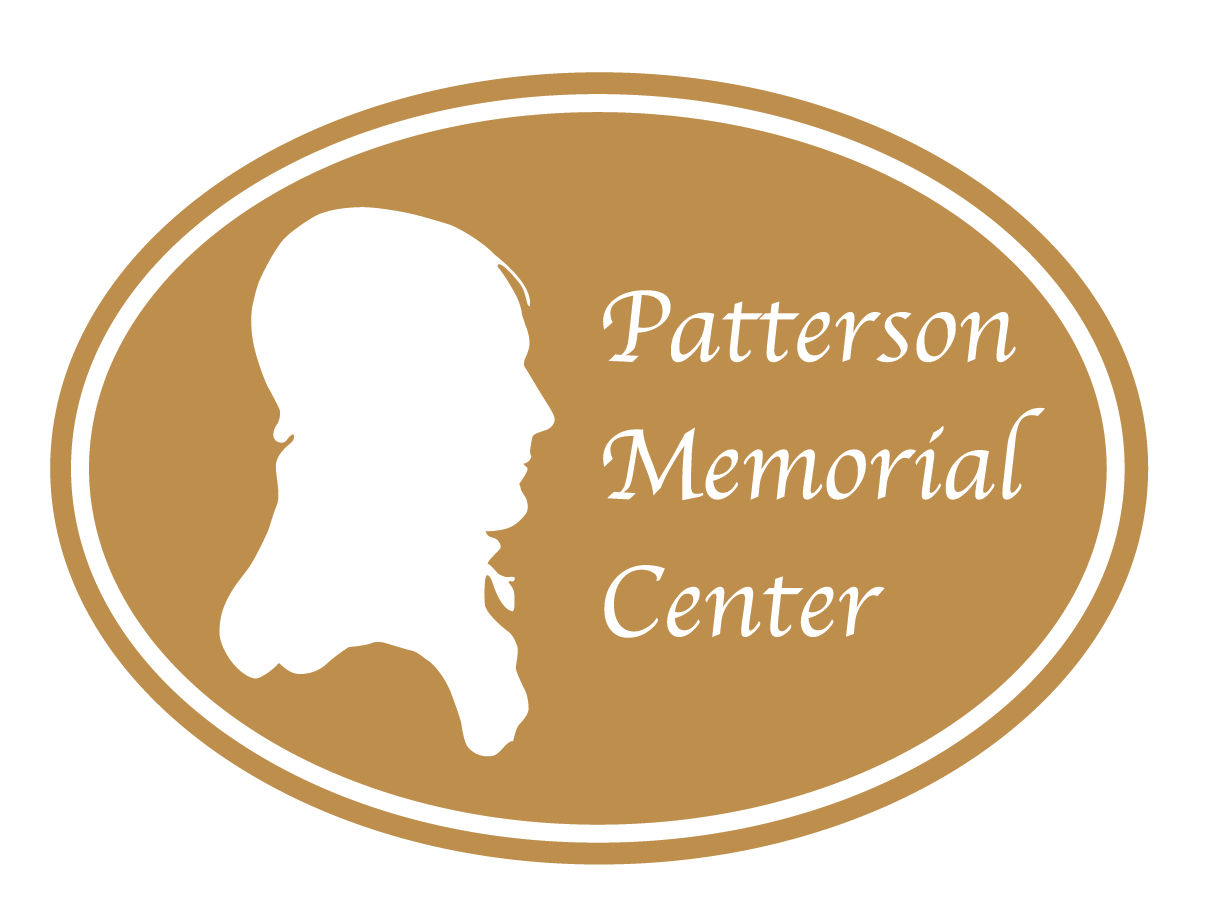Welcome to Dayton Pioneers where our goal is to celebrate and illustrate American ingenuity and history through the stories of pioneer families of Ohio, and their impact on the development of Dayton, Montgomery County, and the Miami Valley.
The great Ohio River, pictured above, begins at the confluence of the Allegheny and Monongahela Rivers near Pittsburgh, and travels southward along the eastern edge of Ohio. Near West Virginia, the Ohio River turns westward separating Ohio and Kentucky, and glides along the southern edges of Ohio, Indiana, and Illinois, where it empties into the Mississippi River. Native Americans and early white settlers alike followed the Ohio River to reach the interior of America.
On March 21, 1796, a group of white settlers left Cincinnati in a large canoe, called a pirogue, traveling north on the Great Miami River from the Ohio River. These settlers landed on April 1 at what is now the north end of St. Clair Street in downtown Dayton, Ohio.
As one group of white settlers traveled up the Great Miami River, two other groups traveled by land in horse-drawn wagons from Cincinnati. They headed northward toward the same destination, arriving on April 3. Settlement of the area began.
Once settlement began, these Ohio pioneers laid the groundwork for what would become Dayton, Montgomery County, and the Miami Valley. Come celebrate the rich history of these pioneers, entrepreneurs, inventors, and hard-working families. The Patterson Memorial Center invites you to return often as it adds to their stories!


Do you have photos, books or other information that you believe may be pertinent to this website?
Are you interested in contributing to our organization?
